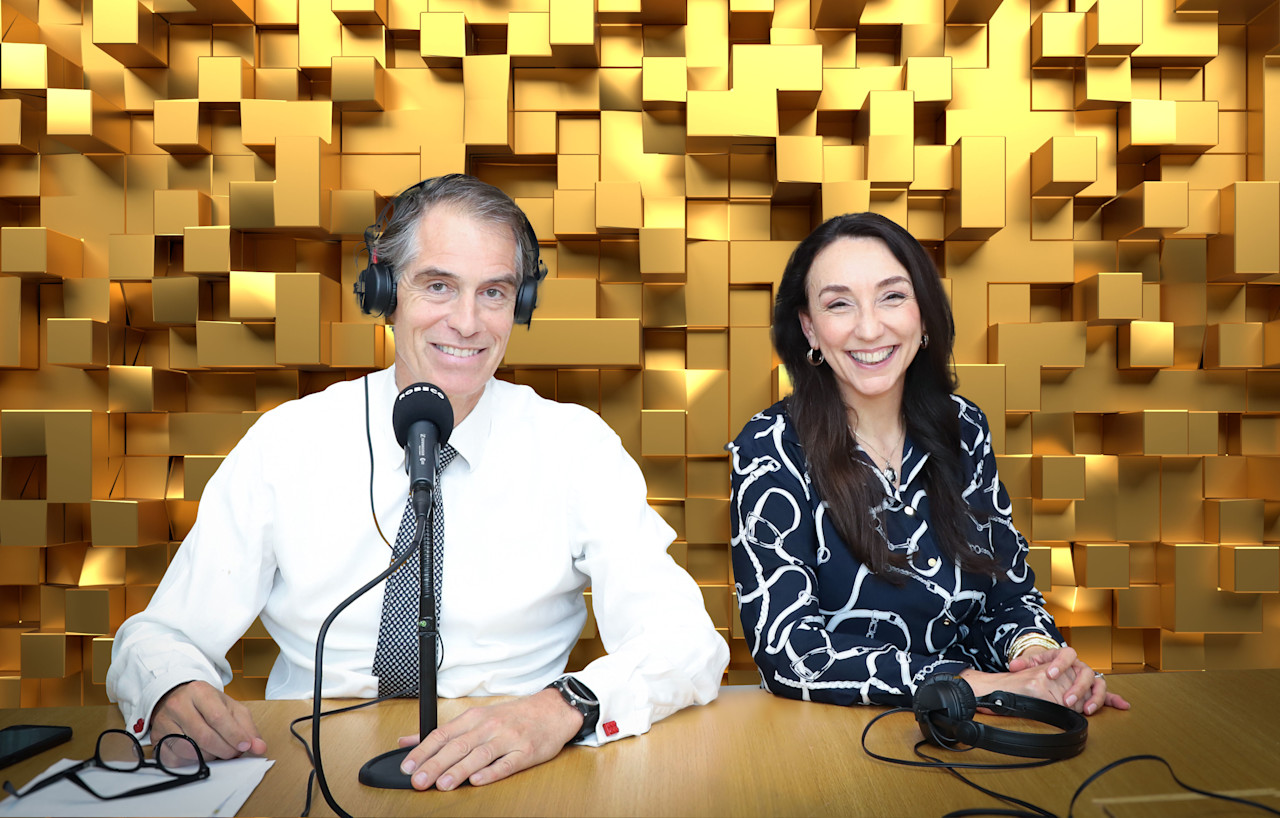

What the future holds for quant investing: Ten hypotheses
This year, we celebrate 20 years of Quant Equities at Robeco. What better time, then, to take a deep dive into what the next 20 years of asset management might look like? Our Head of Next Gen Research, Mike Chen, guides us through ten tantalizing hypotheses on where quant might go in the decades to come.
The theory and practice of quantitative investing, as we understand it today, kicked off in the 1950s. Leading the way were well-known academic models such as Markowitz’s Modern Portfolio Theory (1952), Sharpe’s Capital Asset Pricing Model (1964), and Fama’s Efficient Market Hypothesis (1970) – and, of course, the latter’s collaboration with French on their seminal three-factor model (1992).
Today, quant investing continues to evolve in terms of relevance and sophistication. Practitioners such as LSV, BGI/BlackRock, AQR, and our own Robeco researchers have contributed to the field, and quantitatively managed AuM has grown steadily along the way. Initially viewed as an academic curiosity, quant investing came into its own in the 1990s, and is nowadays viewed as equally integral to the market as its fundamental counterpart.
… and tomorrow
We believe new technological development will continue to be one of the most profound and critical influences on the evolution of quant investing. The rate of this development (most recently in data and computing) over the next 20 years looks to be as fast, if not faster, than what we witnessed in the previous 20. And when we add in the tremendous rise of AI, we believe the rate will only pick up speed.
It’s an especially opportune moment, therefore, to undertake the mental exercise of imagining how the next 20 years of asset management might evolve. Underpinning the exercise is the belief that advancements in technology will likely continue to enhance quant investors’ ability to deliver alpha and manage risks, as well as increase quant firms’ operational efficiency in terms of clients’ realized results and experience.

Explore the future of AI in investing
Learn how AI is shaping tomorrow’s investment landscape – learn the basics or dive into our AI course.
A note of caution
Three notes of caution to the armchair futurist: We undertake this exercise while being fully aware of Niels Bohr’s words: “Prediction is very difficult, especially if it is about the future.” Moreover, all of the hypotheses mentioned here are based on plausible, mostly foreseeable trends, in other words, ‘linear’ extrapolations. By definition, truly epochal changes are driven by unexpected, non-linear developments. Finally, changes always come with risks and challenges, which we discuss in particular in our last two hypotheses.
For now, download the full article here, step into the Robeco time machine and settle in for the ride.
Our ten hypotheses at a glance
Hypothesis 1: Advanced AI and ML models
AI’s sophistication and potential shift toward AGI means it could automate strategy development, enhance prediction accuracy, and potentially take over the task of economic hypothesis generation, all leading to alpha.
Hypothesis 2: Multi-modal data utilization
To gain a competitive edge, quant investors will leverage rapidly increasing alternative data sources including social media sentiment and satellite imagery, as well as multi-modal data from text, voice, image and video files.
Hypothesis 3: Faster model evolution and faster alpha decay
Powerful algorithms for model development will lead to more alpha, and the democratization of this process will lead to alpha decay. Continuous quant research (by humans, AIs, or a combination thereof) is key to staying ahead of the curve.
Hypothesis 4: Cloud computing and quantum computing
Cloud computing will let quants process vast amounts of data without needing on-premises infrastructure, while quantum computing could help solve problems that are computationally infeasible today.
Hypothesis 5: Enhanced risk management
Algorithms and advanced analytics could rapidly process information for real-time risk assessments and more realistic stress testing by combining historical data with nowcasting, enabling immediate strategy adjustments.
Hypothesis 6: Regulation, process, and compliance automation
Advanced solutions could make it easier to comply with evolving regulations, reducing the risk of legal issues. By automating compliance and client reporting, LLMs could enable firms to realize lower running costs and/or to provide better services for the same costs.
Hypothesis 7: Personalized investment products
AI and ML could make customization affordable even for individual investors.
Hypothesis 8: Enhanced client interaction and transparency
Sophisticated, user-friendly platforms will provide transparency into the quant models driving investments, fostering greater client trust and engagement. Generative AI could provide insights into clients and client interactions.
Hypothesis 9: Talent acquisition and skills development
To keep up with the latest trends and technology, quant firms need to invest in talent acquisition and continuous education and training. In addition, they need to develop mixed and collaborative teams to meet this challenge.
Hypothesis 10: Industry reshuffling, disruption, and challenges
Despite advanced technology potentially transforming the quant investment industry, firms are still composed of people: people with desires, fears, and aspirations. Quant firms can only succeed under the right culture, management, and incentivization structure.

Active Quant: finding alpha with confidence
Blending data-driven insights, risk control and quant expertise to pursue reliable returns.




















